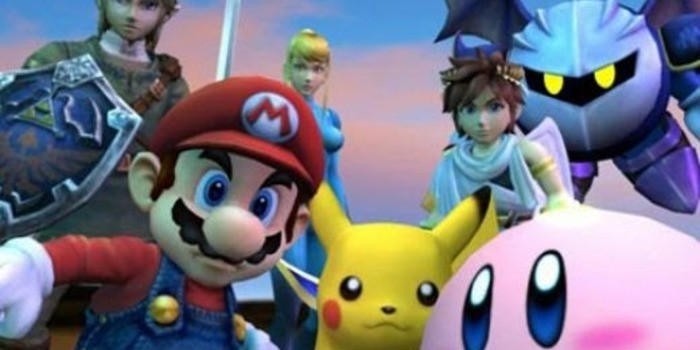The Great Paradox: The Live-Service Games Conundrum
2023-10-11

The live-service gaming industry has been on a rollercoaster ride over the past few years. From the meteoric rise of games like Fortnite and Apex Legends to the disappointing cancellations of anticipated titles such as Hyenas, Apex Legends Mobile, and Battlefield Mobile, it's been a whirlwind. But here's the catch: despite the mounting evidence of a saturated market and the prevalent failures, game companies continue to invest time and resources into live-service games. Why is this the case?
The explanation for this paradox lies in two key areas: the lengthy duration of game development and the relentless pursuit of profit. Video game production is a time-consuming process, often spanning several years. By the time some games are ready to hit the market, they're already outdated. Their design, gameplay, or concept no longer resonates with the ever-evolving tastes of gamers. But this isn't the entirety of the problem. The other half of this complex puzzle is the relentless pursuit of vast profits by game executives and shareholders. They're bewitched by the success stories of the industry—games like FIFA, which rake in enormous profits year after year.
However, the reality of the live-service game market is harsh and unforgiving. For every success story, there are countless games that have failed to amass a sustainable player base. Even new games that are sequels to successful titles or those backed by massive corporations aren't guaranteed victory. Blood Bowl 3, a game that's still in a "transitional period", is having a hard time retaining its player base. Indeed, the last successful title in recent memory is Pokemon Unite, an offspring of the massive Pokemon franchise and the giant Tencent.
In a market that's already overflowing with options, game studios are still hell-bent on producing more live-service games. This approach is fundamentally flawed. The existing live-service game market is fiercely loyal and heavily invested in their chosen games. They've spent time, money, and effort on them, making it a tough sell to lure them away. No matter how enticing a new game may be, the prospect of starting from scratch, especially when the player is already invested in another game, is unappealing. This is why most of Pokemon Go's successors have fallen flat on their faces.
The bottom line is that the live-service game bubble has already burst. With the market already saturated and the barriers to entry insurmountable, new titles are finding it harder and harder to carve out a niche for themselves. The likes of Blood Bowl 3 may survive due to their dedicated fan base and unique market position, but for new games without a massive IP or a predecessor's success to lean on, the future looks grim. Despite this, the current crop of successful live-service games will continue to thrive, thanks to their entrenched player base. However, it's high time studios realize that the era of creating the next big live-service game sensation has passed. The live-service bubble has burst, and only those who adapt to this new reality will survive.







